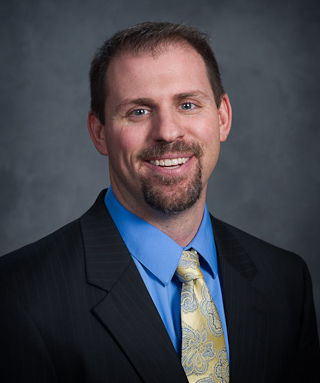California has carbon credit opportunities for out-of-state dairies

2021 could be the year your operation finally gets on track to generate RNG revenue
People have been talking about the revenue-generating potential of manure-based digesters for years. But the reality of costly, unworkable biogas recovery systems has kept many livestock facilities from installing them.
Now, however, there’s a promising way for dairy and even hog businesses to bring in renewable-energy revenue from biomethane in 2021.
The opportunity comes from the California Air Resources Board and its Low Carbon Fuel Standard program. Designed to reduce California’s greenhouse gas emissions, LCFS offers financial incentives, or credits, for qualifying producers. Dairy or even hog producers who participate must be able to produce biogas that can be refined into renewable natural gas and supply it into the California market. Dairy producers who have taken part in this program have reported effective revenue gains.
The good news is that you don’t have to be a California livestock operation to qualify for LCFS financial benefits. Dairy and hog producers in other states can also capitalize on the state’s LCFC program.
RNG’s role is growing
There’s no doubt RNG is a hot commodity right now, especially for livestock operations seeking diversified income opportunities. RNG-derived credits have helped many businesses create new revenue streams through sustainable, carbon-lowering practices. As a result, we’re seeing more dairy participation—and broader interest—in LCFS. Similar programs also are being set up or studied in Oregon, Colorado and other states seeking to reduce their GHG emissions.
There’s plenty of RNG potential out there. AgSTAR reports an estimated 8,100 dairy and swine operations in the United States that could support biogas recovery systems. That’s a major increase from the 250 digester biomethane-producing systems operating at U.S. commercial livestock facilities in 2017.
Those who have made digesters work have capitalized on their nutrient management benefits. But renewable-energy options weren’t always effective or sustainable—until now.
“With improved digester technology and the financial benefits of the LCFC program, there’s an opportunity that didn’t exist before,” says Zach Pinto, supervisor of sustainability services at KCoe Isom.
A complex process
But generating revenue from RNG also comes with a few challenges, Pinto cautions. “It’s a complicated process,” he says. “There are many requirements to meet.”
For starters, you have to determine whether your operation is the right fit for a digester. You also have to decide whether the complex requirements of the RNG process and the LCFS program make sense in time and money. While the LCFS program is here to stay, benchmark emissions rates change over time in addition to compliance and reporting requirements.
“It can be challenging to stay current with evolutions to the LCFS, which is key to optimizing returns on clean-fuel development projects and clean-fuel usage,” Pinto notes.
That complexity is why CARB has enlisted the help of third-party verification firms to make sure participants meet all LCFS compliance standards. KCoe Isom is among the firms CARB recently certified through a comprehensive accreditation program to guide producers successfully through the entire digester-RNG-LCFS process.
Worth investigating
RNG projects are gaining traction thanks to a growing number of incentives for digesters and renewable-energy projects. Under the Biden administration, we’ll likely see more environmental sustainability rewards to incentivize carbon-reducing efforts.
Beyond financial benefits, your participation in a carbon-lowering program is something you can feel good about. It can also help your dairy co-op or processor promote its environmental sustainability goals. Major dairy handlers like Dairy Farmers of America and Walmart have told consumers they’re committed to reducing their carbon footprints.
The potential benefits of RNG make it worth investigating to see whether it makes sense for your operation. Give it time, though—expect six months to a year to investigate, get input from engineers and project developers, submit your LCFS application and then get approval.
As always, seek the advice of an expert who can help you with a cost-benefit analysis. Find an experienced, knowledgeable team that can guide you through the options for digester types and technology, the biomethane-to-RNG process, the LCFS program and the carbon-credit market.
Editor’s note: Maxson Irsik, a certified public accountant, advises owners of professionally managed agribusinesses and family-owned ranches on ways to achieve their goals. Whether an owner’s goal is to expand and grow the business, discover and leverage core competencies, or protect the current owners’ legacy through careful structuring and estate planning, Max applies his experience working on and running his own family’s farm to find innovative ways to make it a reality. Contact him at [email protected].
